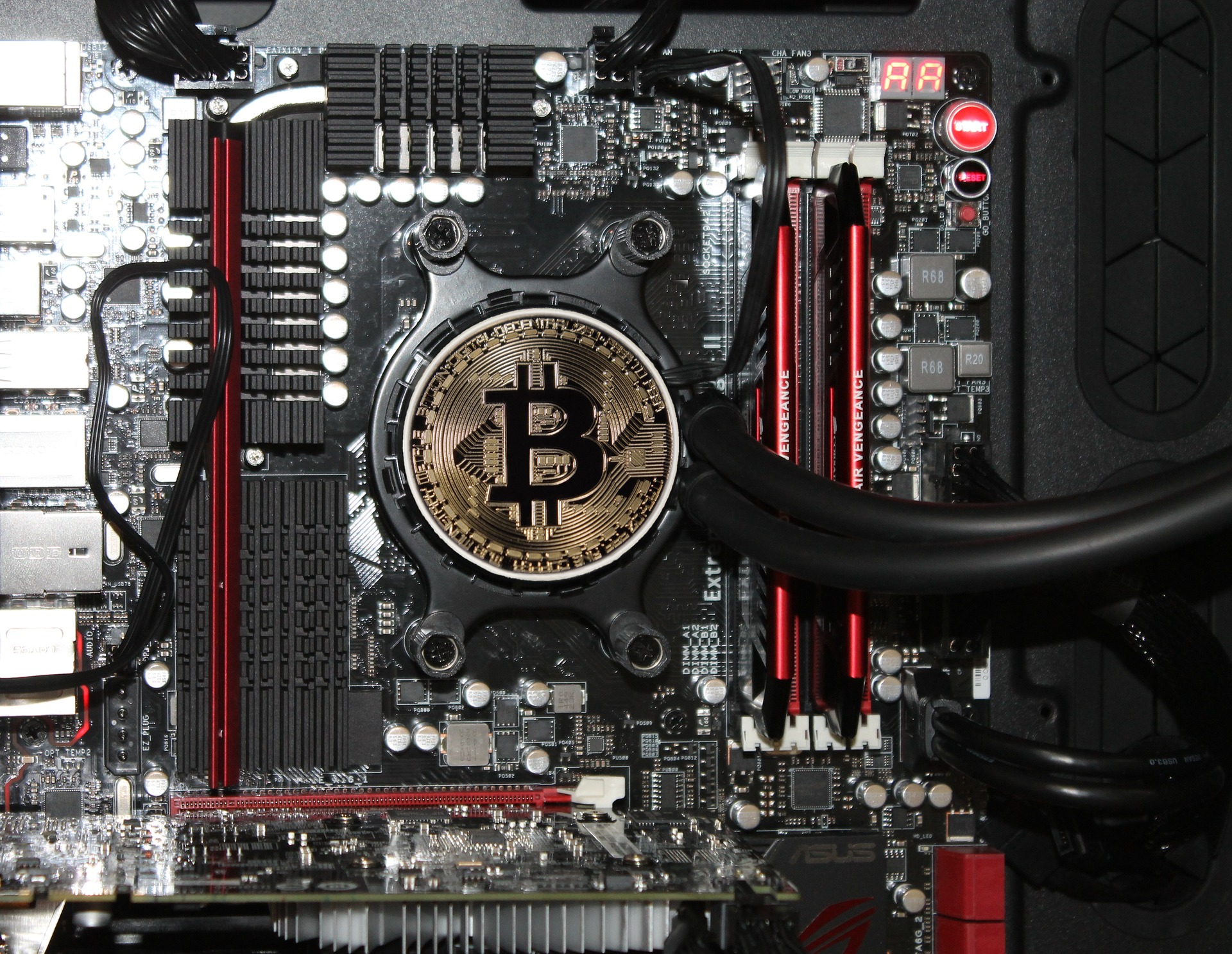What has the blockchain achieved in the last 10 years?

On January 3, 2019 Bitcoin celebrated its tenth birthday. A decade in which the first decentralized cryptocurrency in history, despite the ups and downs of recent months, has consolidated itself as a store of value, as a financial asset and as a platform for transnational payments.
A decade characterized by experimentation, innovation and the flourishing of both a market and an unprecedented technological ecosystem, but also by volatility, high-risk speculation, delays and high fees (during network peaks), as well as alternation of bull markets and bear markets.
Problems for which ingenious solutions have been emerging, from stable coins (cryptocurrency whose market price does not vary) to second layer solutions that allow optimizing transaction times while minimizing network overload. The coexistence of blockchain with off-chain solutions for operations that do not require the consensus of all the nodes, as well as the improvement of protocols and the incorporation of new consensus mechanisms, seem to predict a second decade with much more distributed and efficient technologies than previously.
Bitcoin gave us blockchain technology and proof-of-work, one of the most fascinating mechanisms of global coordination without intermediaries. Ethereum inherited its legacy and offered us the world’s first distributed computer, available for everyone’s use.
Thanks to the Ethereum Virtual Machine (EVM), a virtual machine to execute intelligent contracts, dApps (decentralized applications) and DAOs (decentralized autonomous organizations), autonomous entities able to live eternally in the Blockchain on the sidelines of censorship, political changes or the ups and downs of the business world.
Since 2015, as reflected in its first block, Ethereum has been gradually consolidated as a delocalised singleton, a 24×7 network where users from all over the world sign transactions constantly; a platform where the so-called smart contracts allow agreements between peers without intermediaries, autonomously offering services as diverse as document auditing, crowfunding , product sales, registration and exchange of fungible and non-fungible goods, voting, accommodation or supply chain.
In recent years, ICOs (Initial Coin Offerings) have made Ethereum the first anonymous and distributed financing platform for new companies and projects. This global democratization of access to capital has enabled the development of projects that otherwise would not have secured funding, and has opened the door for small investors to participate in initiatives that are usually restricted to large capital and investment funds.
The ERC-20 standard has allowed any company or group to issue its own cryptocurrency or governance token (proportional to the decision-making power in an entity or organization), to define its own monetary policy without the need for central banks and to exchange value between pairs without being restricted to a currency. And all this on the same infrastructure offered by the Ethereum nodes, without the need to mount a parallel network or a fork of an existing cryptocurrency.
In recent years we have seen both the hype, when some wanted to sell blockchain as a panacea, and the arrival of FUD (Fear, Uncertainty and Doubt), when skeptics became mainstream. But the truth is that besided the bitcoin value fluctuations and the volatility of other digital currencies, despite the re-centralization problems of proof-of-work consensus and the asociated environmental concerns, P2P alternatives are here to stay as an extremely complex and fascinating technology. Probably moving towards a heterogeneous ecosystem based on proof-of-stake and proof-of-authority networks talking to each other through off-chain mechanisms.
Like it or not, despite the opinion of cryptoeconomics gurus and investors in the cryptocurrency market, blockchain technology continues to have the same value and potential as when it was initially designed. A potential that goes far beyond the financial world and that constitutes a key piece to revolutionize areas as diverse as the food industry (through the traceability of operations), electronic democracy (through voting mechanisms distributed in smart contracts ) or business management (using frameworks such as the Aragon Project).
However, both the challenges and opportunities we face in the beginning decade are unprecedented. In a historical moment where there is a growing demand for privacy and control of data, for the veracity of the information while fake news invade social media channels, for digital identity and the transparency of certain transactions, the technologies based on the blockchain can offer solutions that had never before been available.
The cryptographic, immutable and distributed nature of blockchain, and specifically of Ethereum, has implications both for reducing bureaucratization and reliance on intermediaries and for empowering the user with regard to controlling their data, their digital identity and trust in third-party services.
Blockchain and the smart contracts, self-validated by their technical characteristics, by consensus algorithms, public key cryptography and the famous slogan “code is law“, have proven their effectiveness outside of legislations. However, companies, groups and citizens have long demanded a greater regulation in order to use some of the advantages of these technologies without coming into conflict with national or regional regulations.
In 2018, Docuten became part of Alastria, a consortium of more than 180 public and private entities that supports blockchain-based services with legal effectiveness in Spain, in accordance with European legislation. Among the most representative events of the past year, it is worth mentioning the agreement signed between Alastria and the General Secretary of the Treasury and Financial Policy of the Government of Spain, precisely to work together and move forward on regulations.
In 2019, Docuten will become the first electronic invoice and digital signature solution with public and distributed audit through the certification of operations in the blockchain, with the ability to integrate both Ethereum’s public network and private or consortium networks, including Alastria.
In a year marked by notable improvements in Ethereum technology, with an important network fork ahead, a bigger community of experts and a growing ecosystem of libraries and software solutions, Docuten will continue to focus on research, development and innovation. Bootstraping a future where P2P technologies will facilitate the lives of organizations, companies and basically regular people.
2019: a year in which decentralization will remain a priority.
